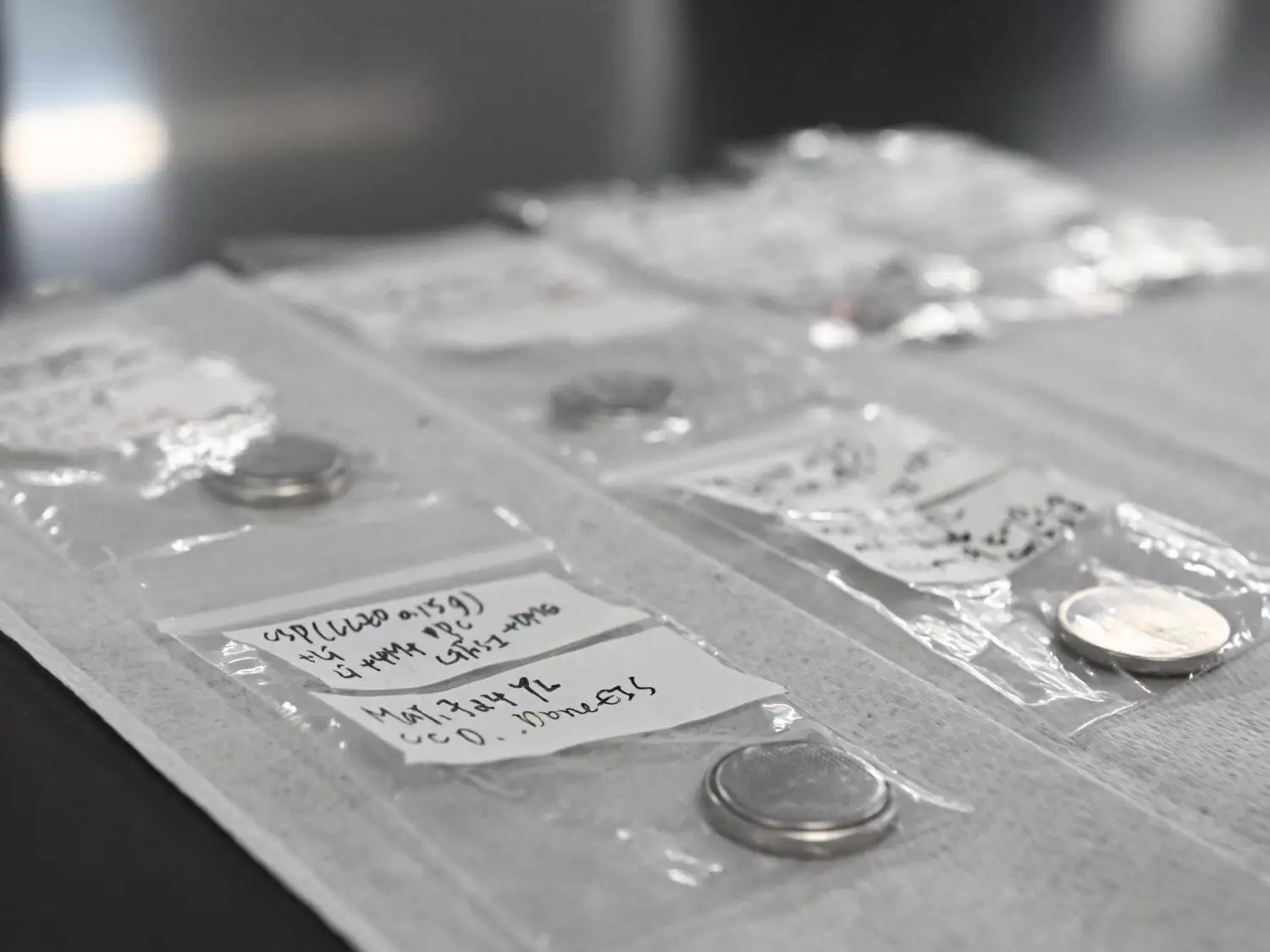The world of technology is constantly evolving, and one of the most promising advancements is the development of rechargeable solid-state lithium batteries. These innovative batteries have the potential to revolutionize the way we power our electronic devices by offering significantly enhanced energy density and improved safety compared to traditional lithium-ion batteries. However, despite their numerous advantages, solid-state lithium batteries also come with their own set of challenges, particularly in terms of environmental impact and recyclability.
One of the main issues with current solid-state lithium batteries is their lack of environmental friendliness. While they may be safer to use than lithium-ion batteries, they are not easy to recycle. Traditional recycling methods focus on recovering metals from the cathodes, leaving the rest of the components to go to waste. This results in a significant amount of materials being lost during the recycling process, ultimately contributing to environmental pollution.
A team of researchers from Penn State University, led by Enrique Gomez, has recently made a breakthrough in the field of solid-state battery recycling. By redesigning the battery components, they have created a solution that allows for the easy and efficient recycling of all parts of the battery. Their findings, published in ACS Energy Letters, highlight the importance of considering the end-of-life implications of battery technology and demonstrate the possibilities for creating recyclable solid-state batteries.
The key to the success of the Penn State research team’s recycling method lies in the reconfiguration of the battery design. By inserting polymer layers at specific interfaces within the battery prior to recycling, they were able to effectively separate the electrode from the electrolyte during the recycling process. This innovative approach allows for the recovery of all battery components, including the electrodes and electrolyte, which can then be reused to create new batteries.
To reassemble the recovered battery components, the researchers utilized a process known as cold sintering. Developed in 2016, cold sintering involves combining powder-based materials at low temperatures through applied pressure using solvents. This technique allows for the creation of dense composite materials without the need for high temperatures, making it ideal for recycling battery components. By utilizing cold sintering, the research team was able to reconstruct the battery with recovered metals and electrodes, ensuring that the entire battery could be recycled multiple times.
After extensive testing, the researchers found that the recycled battery maintained between 92.5% and 93.8% of its original discharge capacity, demonstrating the effectiveness of their recycling process. While the commercialization of all-solid-state lithium batteries is still in its early stages, the work done by the Penn State research team provides valuable insights and ideas for designing recyclable versions of these batteries. By focusing on sustainability and recyclability, the future of rechargeable solid-state lithium batteries looks brighter than ever.


Leave a Reply